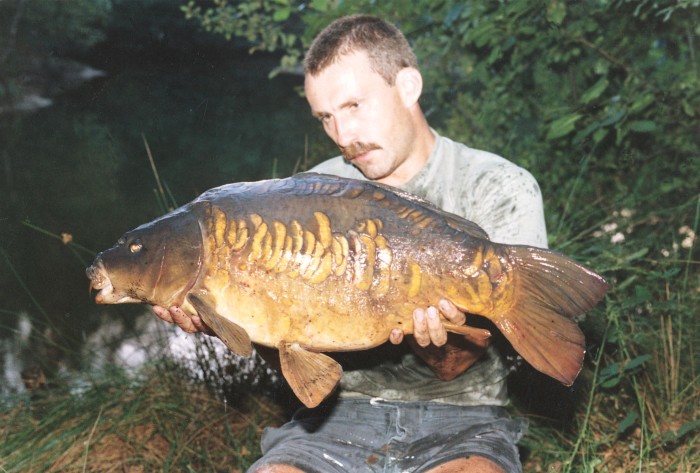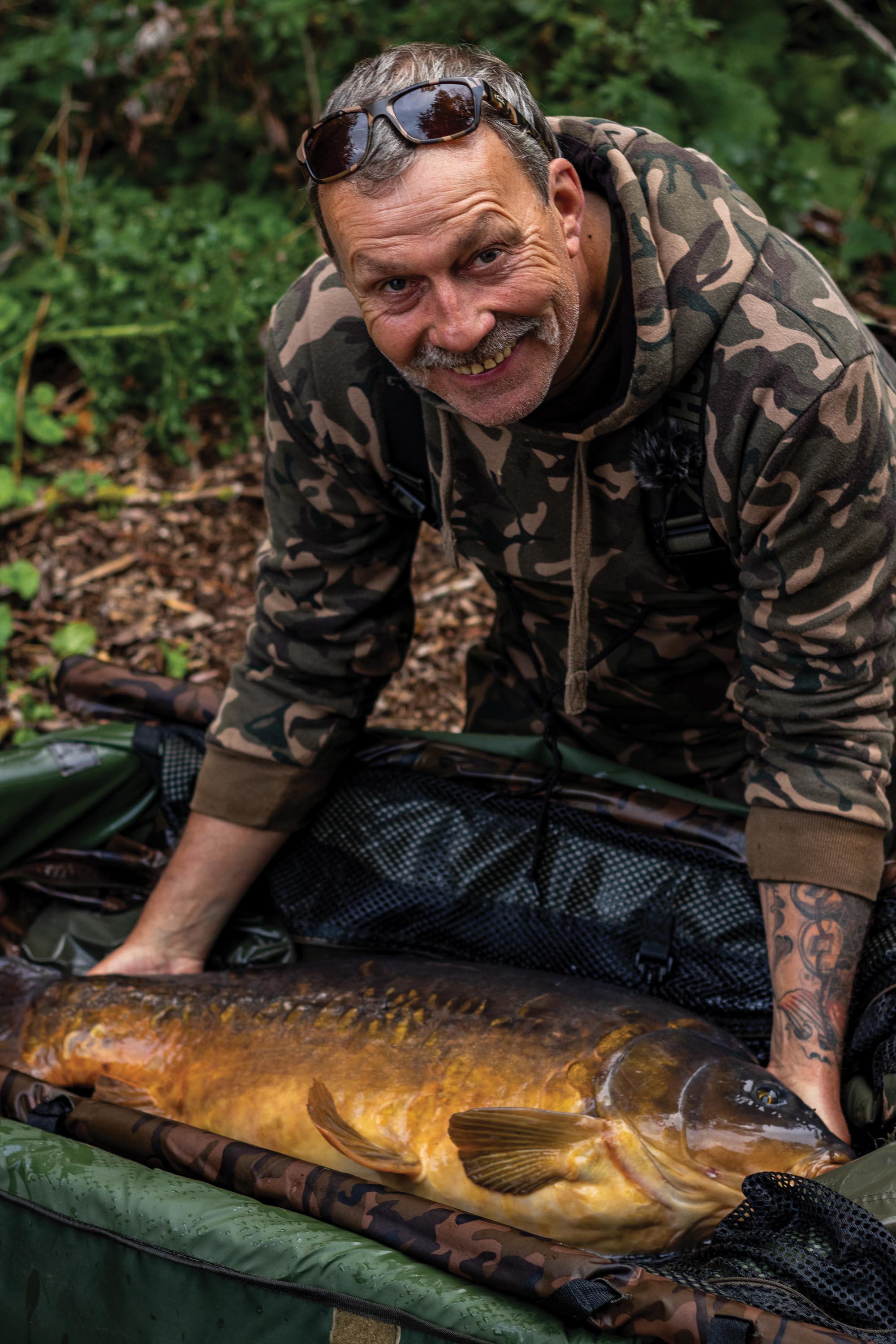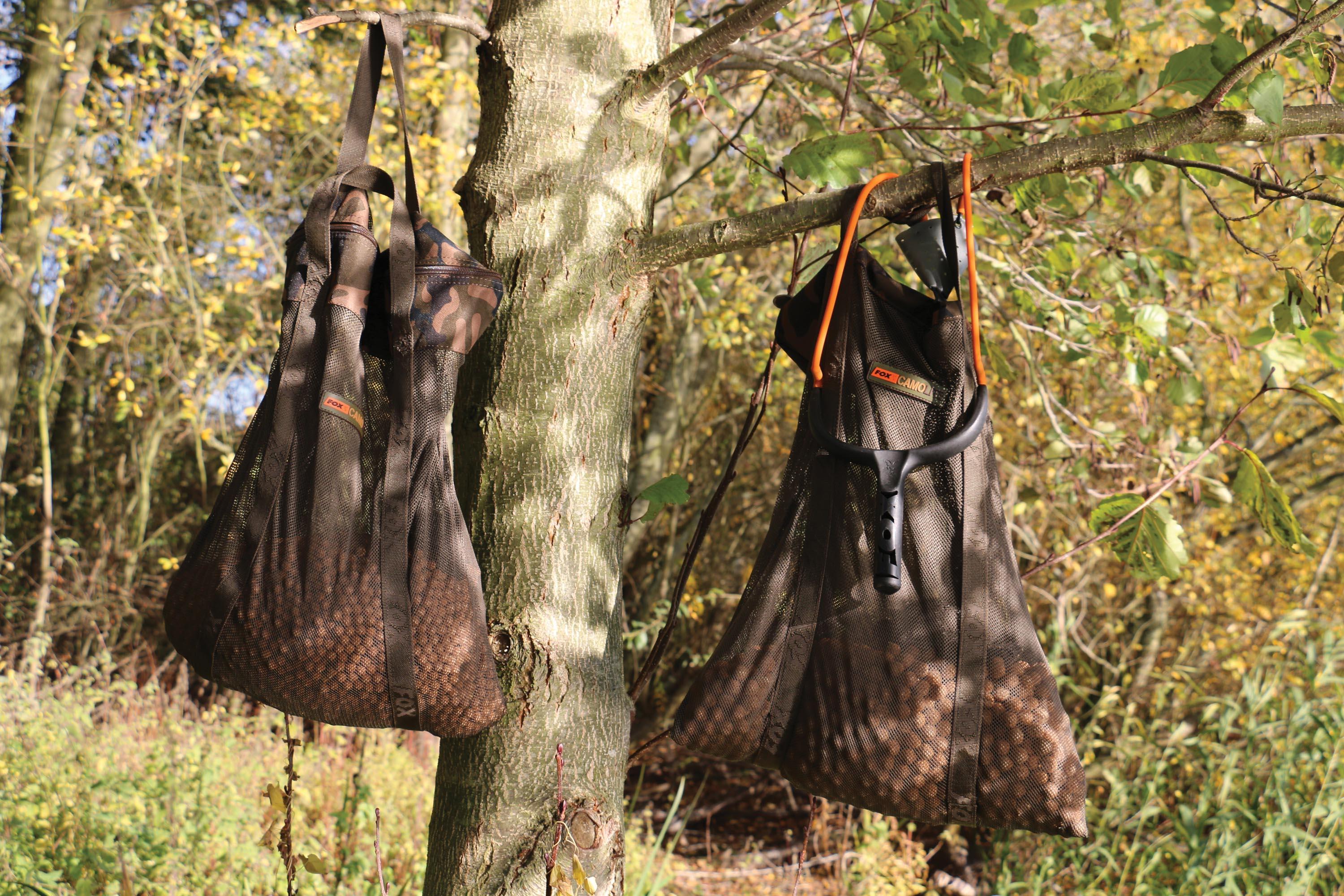To My Younger Self: A Voyage Of Discovery
Ian Chillcott reflects on what he wished he had known 30 years ago...

I have lost count (not that I’m counting of course) of the amount of times I have argued with myself about not finding out or discovering things so much earlier than I did. Things that could have changed everything, but would it have been as satisfying and exciting if I had known it all from the start? Not always, I’m sure, but in fishing terms things can be so blindingly obvious, we overlook their importance from time to time. I wouldn’t have wanted to know it all right from the beginning, but there are the odd gems of tackle and tactics along the way that leave me shaking my head, wondering why I didn’t recognise their importance in the first place, and adapting them to my fishing straightaway.
I have often written that bait, and the act of baiting, have become such an important part of my carp angling puzzle. My rigs are important of course, as is the tackle I use, but I have always believed I have to get the fish feeding how I want in order to put my tackle to the test. The more those fish want to eat the bait, the more confidently they will feed, and the more confident they are, the more likely they are to make a mistake with my hookbait. And that in a nutshell is where I probably discovered the most important part of the carp fishing equation for me. I had to put that hookbait on the right spot, and bait it accordingly, utilising the features and what the bottom of the lake was made up from… and that wasn’t always as easy as it sounds.

I have also believed, for probably all of my carp fishing life, that a carp moving between mouthfuls is far easier to hook than one feeding almost stationary on a spot. Throw in a few of his mates competing for the easy meal, and it soon becomes very obvious that the movement between mouthfuls brings into effect your lead, and ensures the hook takes hold, regardless of how “intelligently gifted” some believe they are! Whilst I carried out my experiments on bait application and hookbait placement during the 1980s, I overlooked one very important aspect of this complicated manoeuvre.
Being in the Army meant that I was hugely limited in the time I was able to spend on the bank. Much of my time, mainly a couple of hours here and there, was spent trying to look at carp on a few local lakes near to my barracks. Occasionally, I would feed them, and a few things became very obvious. The more carp there were feeding, the more likely I was to catch one. The more distance they had to move between each free offering, the more likely I was to be doing battle, and the smaller my boilies were, the more intense the feeding became. There were other options for bait, of course, but particles tended to make them feed in a very static way. And let’s face it, back then most waters weren’t necessarily stocked solely with carp. They were populated in a far more natural way, and we had tench and bream by the cartload to tend with!
The problem, if I can call it such, was that it became obvious over time it was important to place those free offerings and hookbait in an area that the carp were going to naturally feed in anyway. In my experience, it became very clear that the carp preferred to feed in the silt rather than on blatant gravel areas. This was so easy to see from the top of a tree as I stalked them in the margins, but what was happening out in the open water if I had to fish for them there? Way back then, many were looking for the harder areas, in the main simply to ensure the hookbait presentation was perfect. However, the pressure this put those spots under, and the fact that very little natural food appeared in those areas anyway, soon had the carp preferring their normal feeding spot: in the silt.

I spent countless hours in the 1980s rolling my own boilies, often spending much of my down time in the Sergeants Mess, preparing a kilo or two for any free time I had. Not the greatest tactic I ever used, to be honest. The catering staff, along with the Regimental Sergeant Major, took great offence to the kitchen walls dripping from the stench of Lobster Thermidor! Be that as it may, I used to spread those boilies far and wide at first, attempting to get the carp to move between each mouthful. However, much of that spread of bait would fall on areas I didn’t want to fish and had never seen the fish feed on in the first place.
It took me years to understand, that the majority of the bites I was getting came from the siltier areas of the lake. The bottom of marginal shelves, island margins and the bases of bars and plateaux became my focus, and to this day nothing has ever convinced me that fishing the glaringly obvious gravel areas can be anywhere near as productive as the silt.
“In essence, it is probably why I have come to rely on two sorts of presentation; two set-ups that I use for the vast majority of my fishing. They’re not complicated, it never needs to be that way, but they work…”
Of course, there are things we need to do in order to ensure good presentation in a softer environment. In essence, it is probably why I have come to rely on two sorts of presentation; two set-ups that I use for the vast majority of my fishing. They’re not complicated, it never needs to be that way, but they work… and will always work. The first is a Stiff Link pop-up on a helicopter rig. For a kick off (as I am able to tangle any rig!), the helicopter set-up allows me to fish with more confidence, and all I have to do when fishing the silt is to move the stop bead further up the line to allow for the depth of silt. It can be fished on firmer bottoms, such as clay, but its use for me is primarily in the silt.
Secondly, is the rig I use most, and that is my simple, long Hair bottom bait set-up. The mechanics haven’t changed in donkey’s years, but the inclusion of Edges Armapoint Curve Shank hooks and Line-Aligners make sure it has become more effective. I always, and I mean always, fish it with a mesh PVA bag of my favoured 10 and 15mm Mainline boilie. Not only does that bag prevent any tangles, it just as importantly, slows the descent of the rig onto the bottom, nestling in the upper layers of the silty bottom, it is so easy for the carp to find and eat it… just the way I always wanted it to be.
Things have changed over the years, of course they have. As I suggested earlier, much of the carp fishing done in this country is on waters that contain only carp. However, the same principles apply: spread your free offerings over or along the silty areas, they are still the least pressured spots, and have the confidence to put your end tackle there, too. It’s a mountain for some to climb, this silt fishing malarkey, but once you’ve overcome that hurdle, all you have to do is smile broadly for the camera as your alarms start to sing!



